At OJMCHE, we believe that education is a critical component of creating a more just, inclusive, and egalitarian society. As such, we have developed lessons that address Oregon’s Holocaust and Genocide mandate (SB664) in partnership with OJMCHE’s Teacher Advisory Board, the Oregon Department of Education and other community partners. Each standards aligned lesson is designed to leave students informed and curious to learn more. To recommend a lesson topic, email education@ojmche.org.
To view recommended lessons, videos, and other resources from reputable organizations for teaching about genocide, check out our SB664 Genocide Education Resource Guide here.
 |
LESSON PLAN Understanding Judaism through Artifacts In this lesson, students investigate pictures of Jewish religious artifacts from OJMCHE’s permanent collection to discover many exciting features of Jewish culture and history. Through the study of objects, students develop a deep conceptual understanding of Judaism. The lesson provides opportunities for comparative work with other world religions as a means of expanding knowledge of Jewish identity beyond topics relating to the Holocaust. Recommended for grades 7 – 12 |
 |
LESSON PLAN Analyzing Stereotypes and Scapegoating Students analyze how stereotypes and scapegoating manifest themselves in communities. Students first analyze how stereotypes and scapegoating of Jews evolved in Europe as a primary cause for the Holocaust. Students then examine how stereotypes and scapegoating impacted communities historically in the United States. Recommended for grades 7 – 12 |
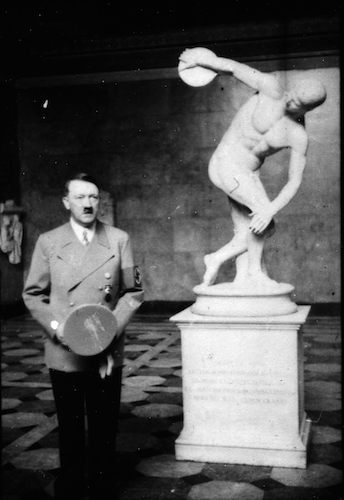 |
LESSON PLAN The Appropriation of History by the Nazis In this lesson, students will analyze how history is produced and consumed in democratic and authoritarian societies. Students will learn to explain how history is used, often in troubling ways, to promote cultural values, beliefs, and attitudes. Specifically, students learn how the Nazi party promoted its master race ideology through the appropriation and manipulation of historical sources familiar to the German people. Recommended for grades 7 – 12 |
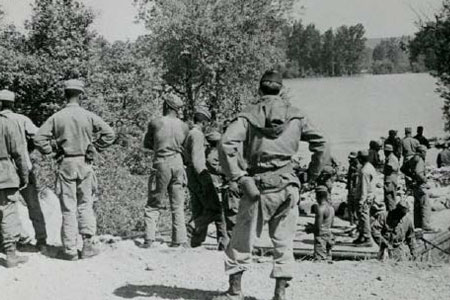 |
LESSON PLAN Law and Order?: The Impact and Legacy of Legal Discrimination in Nazi Germany and Oregon This two part lesson offers students an opportunity to examine the role of law in society: the process of creating laws, how laws shape communities, and the effects of laws on marginalized groups. Recommended for grades 6 – 12 |
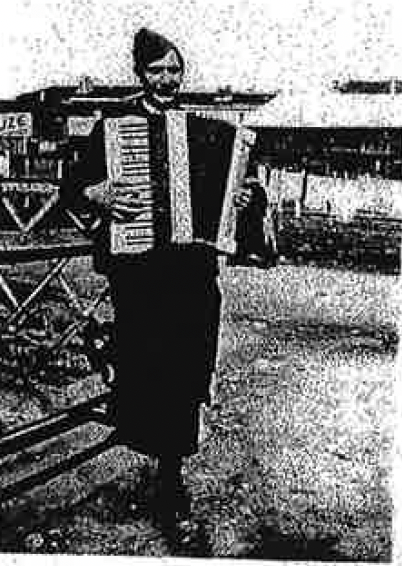 |
LESSON PLAN Refugees and the Obligation to Protect: Lessons from the Holocaust Students analyze a variety of sources to understand the distinct challenges refugees confront globally. Students differentiate the experience of refugees from other migrants in the world today. As well, students analyze how governments failed to respond adequately to Jews fleeing the Holocaust through stories of local Holocaust victims and survivors. Recommended for grades 9 – 12 |
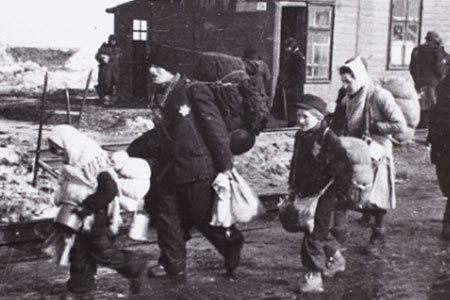 |
LESSON PLAN Life in the Lodz Ghetto: Photography of Henryk Ross In a gallery walk, students analyze, synthesize, and evaluate primary source photographs taken by Jewish photographer Henryk Ross to construct an account of Jewish ghettos during the Holocaust. Recommended for grades 6 – 12 |
 |
LESSON PLAN Resistance During the Holocaust Students read resister profiles, discuss factors that contributed to the person or group’s ability to resist, and reflect on how relationships and a sense of belonging in a community can change in times of uncertainty and crisis. Recommended for grades 7 – 12 |
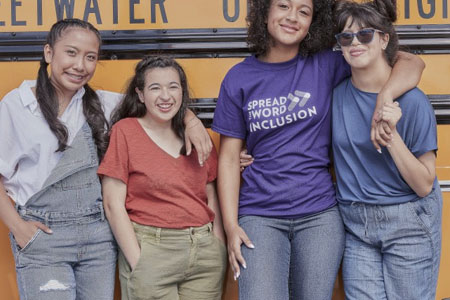 |
LESSON PLAN Is That Really What I Said?: Learning About Microaggressions Through a word exploration activity and a variety of short videos, students examine seemingly innocuous words and phrases that have the potential to hurt and harm others. |
 |
LESSON PLAN You, Me, Us: A Lesson about Caring and Our Responsibility to Protect Others Using the book I Walk With Vanessa, students explore the dynamic between bullying and discrimination, learn to recognize when others are being harmed, and practice caring for and protecting others. Recommended for grades K – 5 |
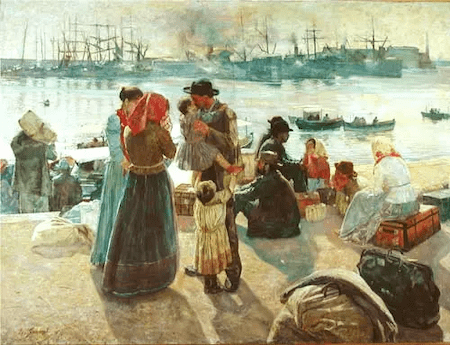 |
LESSON PLAN A Year in the Life: A 1904 Jewish Immigrant Experience in Oregon This interactive digital storybook introduces Chaim Kubryk, a fictional Jewish, Polish immigrant to Oregon. The digital learning activities are accompanied by a suitcase of physical artifacts. These resources provide a conceptual understanding of Oregon history, Jewish religion and culture, and life as a new immigrant. Recommended for grades K – 5 |